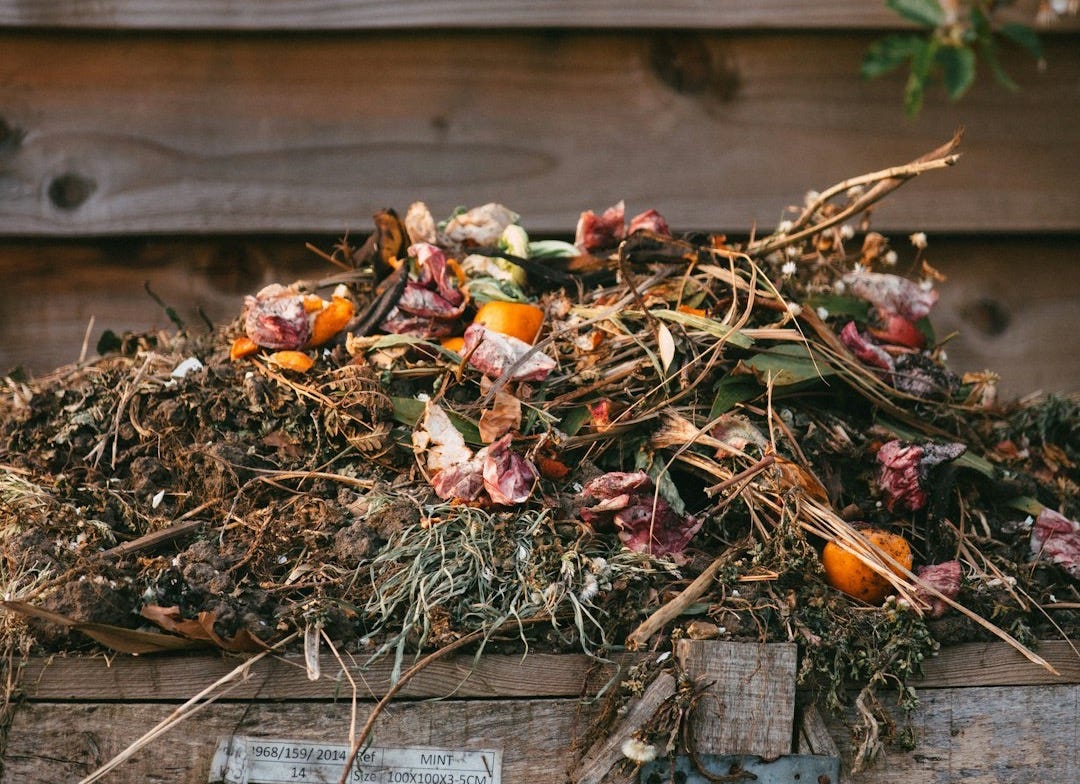Compost Quick Guide
Greens
Here are some common examples of "greens" you can use in composting:
Fresh grass clippings (not treated with herbicides)
Vegetable and fruit scraps (e.g., peels, cores, and leftovers)
Coffee grounds
Garden trimmings (e.g., fresh weeds or pruned green stems)
Manure (from herbivores like cows, horses, rabbits, or chickens)
Fresh plant material (e.g., spent flowers or green leaves)
Eggshells (crushed, though they decompose slowly)
Tea leaves or tea bags (without staples or plastic)
These nitrogen-rich materials help fuel the decomposition process and keep your compost thriving.
Browns
Here are some common examples of "browns" for composting:
Dried leaves
Straw or hay
Cardboard (shredded, without tape or glossy coatings)
Newspaper (shredded, avoiding colored ink or glossy pages)
Sawdust (from untreated wood)
Wood chips or small twigs
Paper towels or napkins (unsoiled by grease or chemicals)
Pine needles (in moderation, as they’re acidic)
Corn stalks (dried)
These carbon-rich materials provide energy for microbes and help balance the moisture and structure of your compost pile.

Why Compost?
Compost is a nutrient-rich soil enhancer that’s easy to make by simply compiling a mix of decomposed food scraps, yard waste, and other biodegradable materials.
The process only takes a little time to allow microorganisms like bacteria and fungi to break down the material.
Oxygen, moisture, and the right balance of carbon and nitrogen are key considerations.
Composting will improve soil health, but just as important, it removes mass from the waste cycle.
Greens & Browns
In composting, "greens" and "browns" refer to two essential types of materials that create a balanced mix for decomposition.
Greens are nitrogen-rich ingredients that provide the protein microbes need to break down organic matter.
Browns supply energy for those same microbes and help maintain structure and airflow in the pile.
A good compost blend typically aims for a ratio of about 1 part greens to 3 parts browns, ensuring the process stays efficient and odor-free while turning waste into nutrient-rich soil.
What To Not Compost
Here are some things you should avoid adding to your compost pile to prevent odors, pests, or slow decomposition:
Meat, fish, or bones (attracts pests and decomposes slowly)
Dairy products (e.g., cheese, milk, or yogurt; causes odors and attracts animals)
Oily or greasy foods (e.g., butter, salad dressings; disrupts decomposition)
Pet waste (e.g., dog or cat feces; may contain harmful pathogens)
Diseased plants (can spread pathogens to the compost)
Weeds with mature seeds (may sprout in your finished compost)
Treated wood or sawdust (contains chemicals that harm microbes)
Plastics, metals, or synthetic materials (won’t break down)
Coal or charcoal ash (contains sulfur and metals toxic to plants)
Skip these items to keeps your compost healthy and effective.


